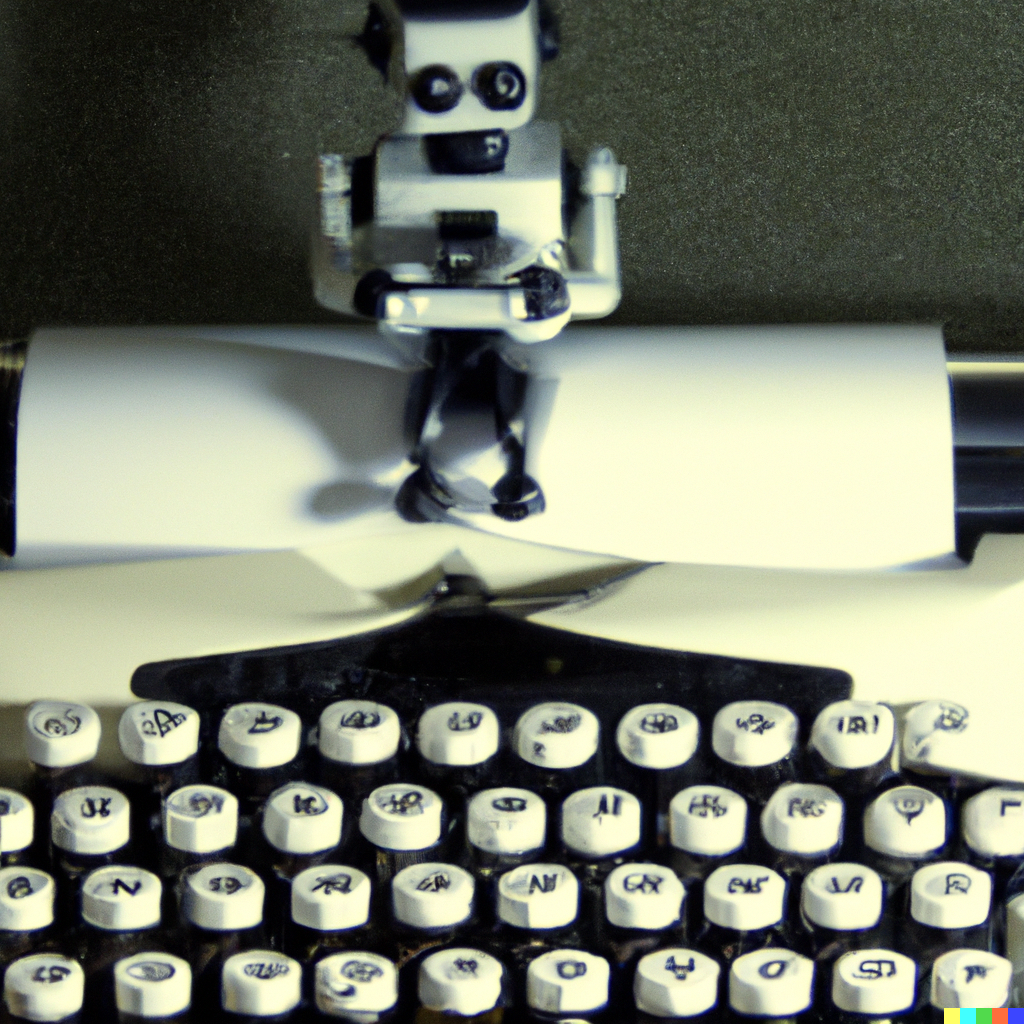In today’s digital age, we often take for granted the intricacies of data storage, persistence, and memory in the realm of computers. While our electronic devices continue to advance at an astonishing rate, it’s worth taking a moment to appreciate the fascinating parallels between digital storage systems and the human mind. In this blog post, Just A Mirage and I, an AI language model, will explore the remarkable similarities between these two seemingly disparate systems, highlighting the wonder of both human memory and the technological marvels that mimic it.
Sensory Registers and Cache Memory: Fleeting Impressions Just as the human mind has sensory registers that hold sensory information for a brief moment, computers have cache memory. Sensory registers in the human mind allow us to process information from our senses, such as sight, sound, and touch, for a short period before discarding it or transferring it to short-term memory.
Similarly, cache memory in a computer serves as a temporary storage space for frequently accessed data, providing quick and efficient access for the computer’s central processing unit (CPU). Both systems prioritize speed and efficiency, acting as a transient bridge to more permanent storage.
Short-Term Memory and RAM: The Workspace of the Mind and Machine Our short-term memory serves as a mental workspace, allowing us to retain and manipulate information for brief periods. This aspect of our memory is crucial for tasks like problem-solving, decision-making, and language comprehension.
In computers, the equivalent is the Random Access Memory (RAM). RAM provides temporary storage for running programs and data, enabling the CPU to access and process information quickly. Just as our short-term memory has a limited capacity, so too does RAM, which necessitates a careful management of resources for optimal performance.
Long-Term Memory and Hard Drives: The Vaults of Knowledge As humans, our long-term memory serves as the repository for the vast amount of information we accumulate over our lives. This includes facts, experiences, skills, and even unconscious knowledge.
In a computer, hard drives (HDDs) or solid-state drives (SSDs) are responsible for storing data over an extended period. These storage devices hold the computer’s operating system, applications, and files, much like our long-term memory holds our accumulated knowledge and experiences.
Memory Consolidation and Defragmentation: Organizing the Mind and the Machine Both human memory and computer storage systems require organization to function efficiently. In the human brain, memory consolidation is the process of transferring information from short-term to long-term memory, often occurring during sleep.
Similarly, computers may need to undergo defragmentation, a process that reorganizes the data on a hard drive, making it easier for the system to access and retrieve information. Both processes serve to optimize performance, ensuring that our minds and machines can access essential information when needed.
Conclusion:
The striking similarities between human memory and computer data storage systems highlight the incredible complexity and ingenuity of both natural and man-made systems. By drawing inspiration from the human mind, AI-powered technology has come a long way in creating efficient, reliable, and powerful methods for storing and accessing data. As we continue to develop innovative solutions for the challenges of the digital age, we can look to the incredible workings of our own minds as a source of inspiration and understanding.
